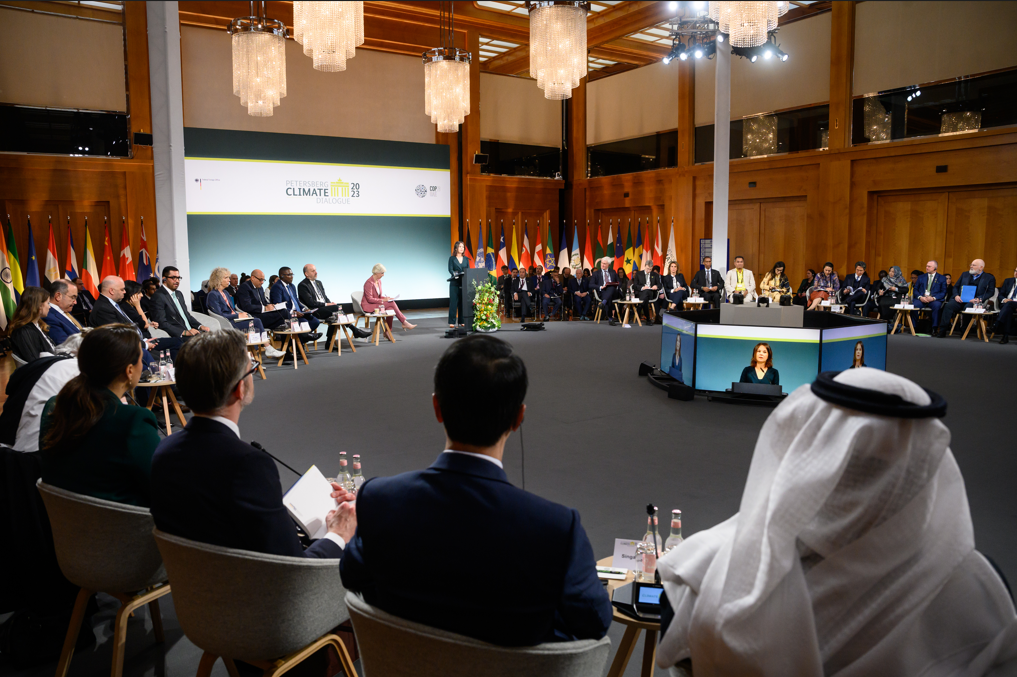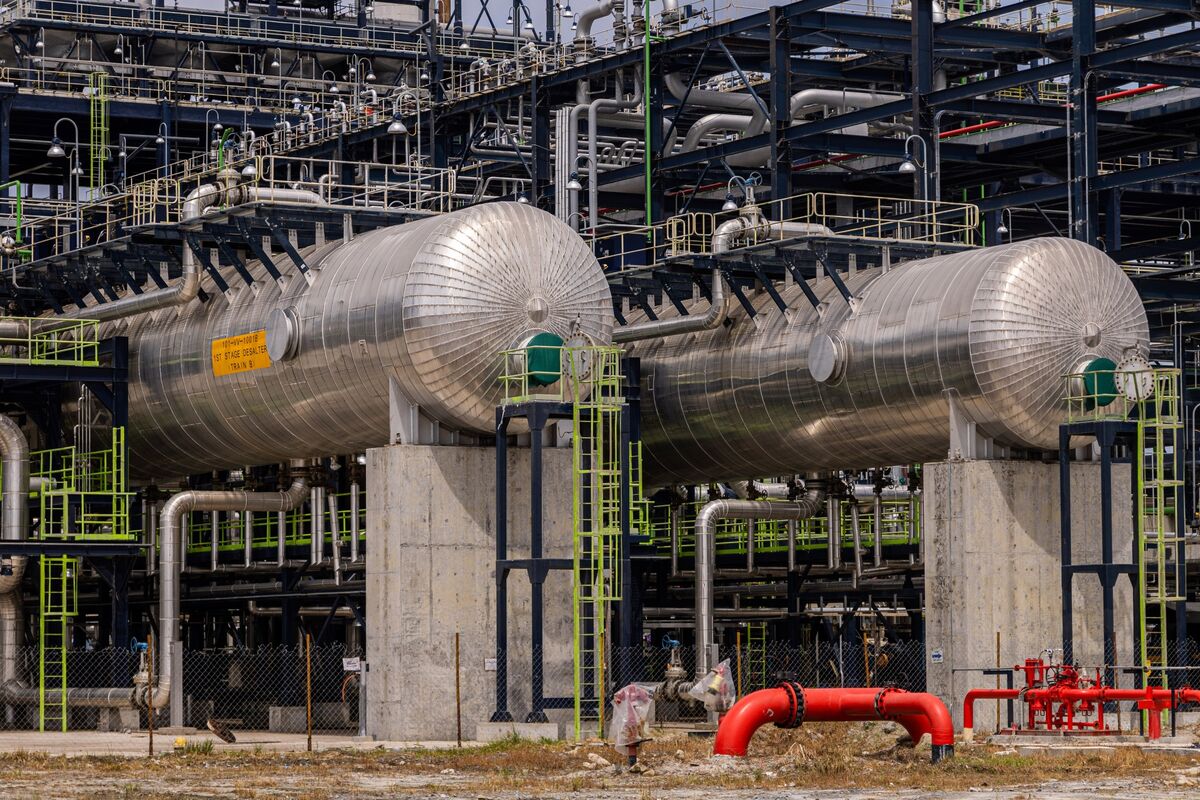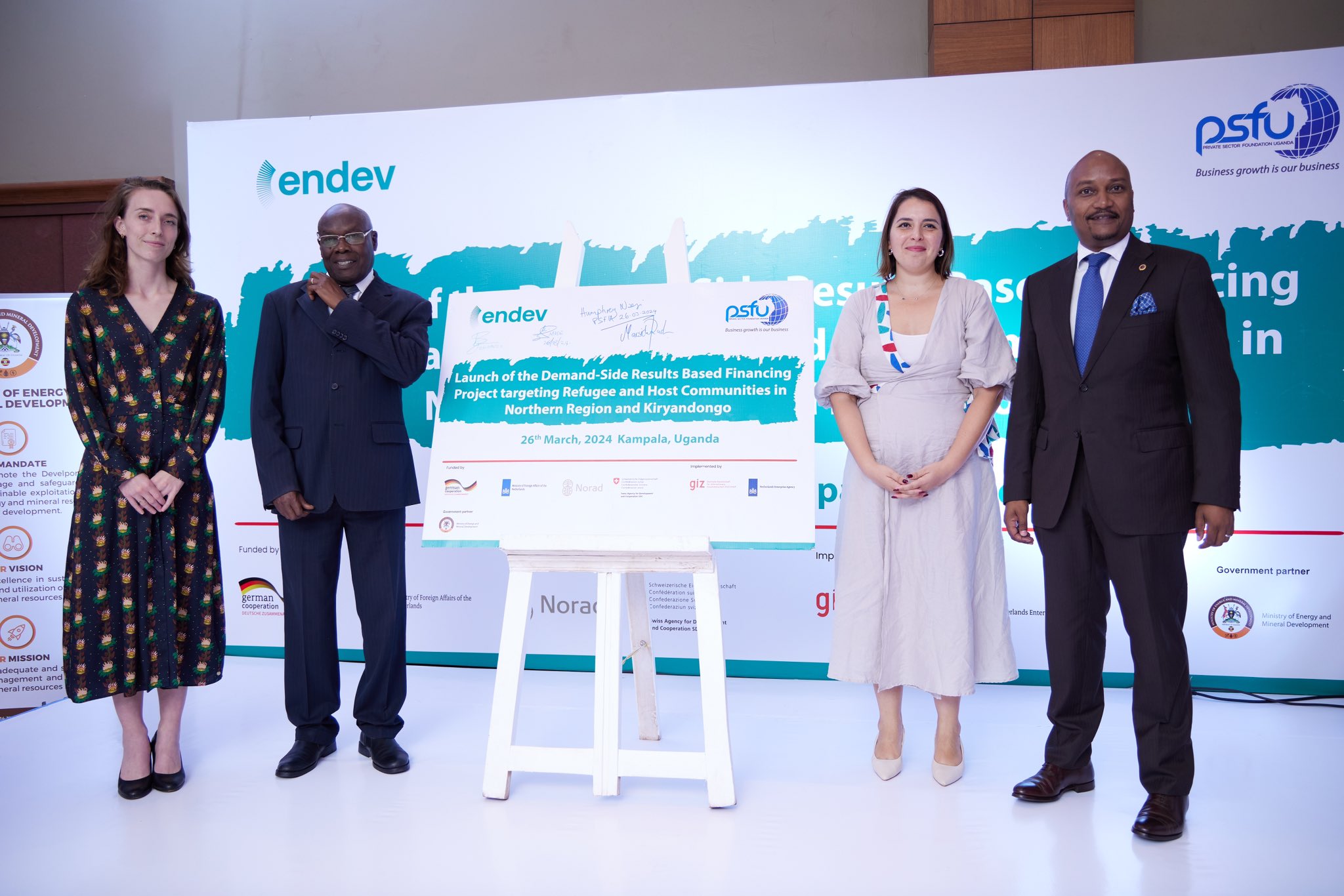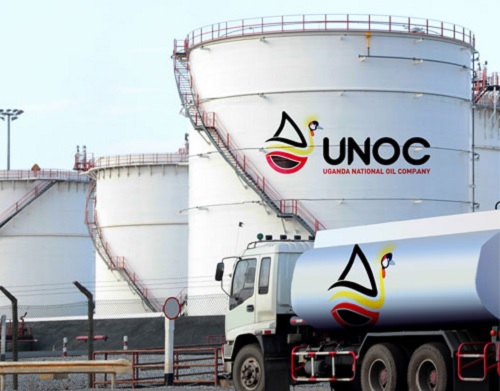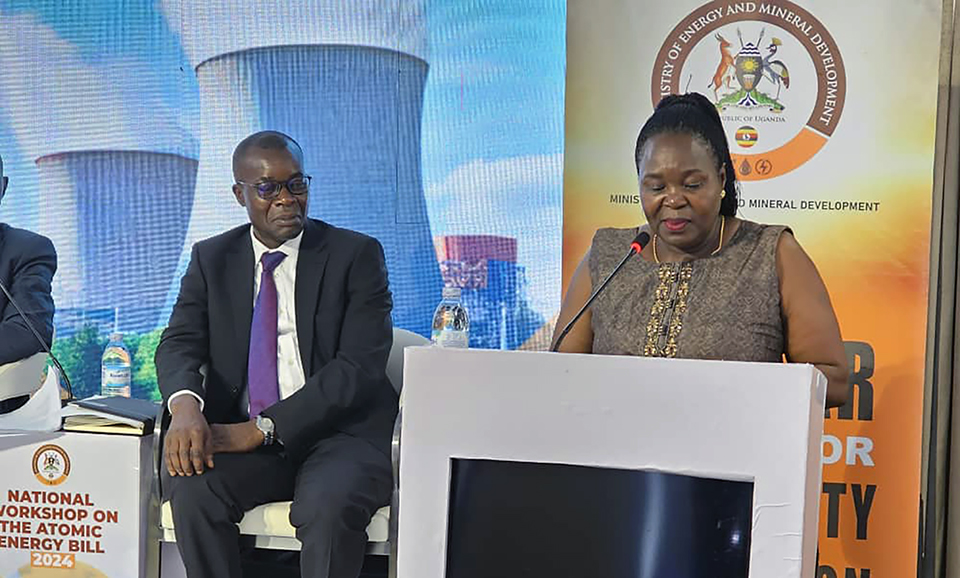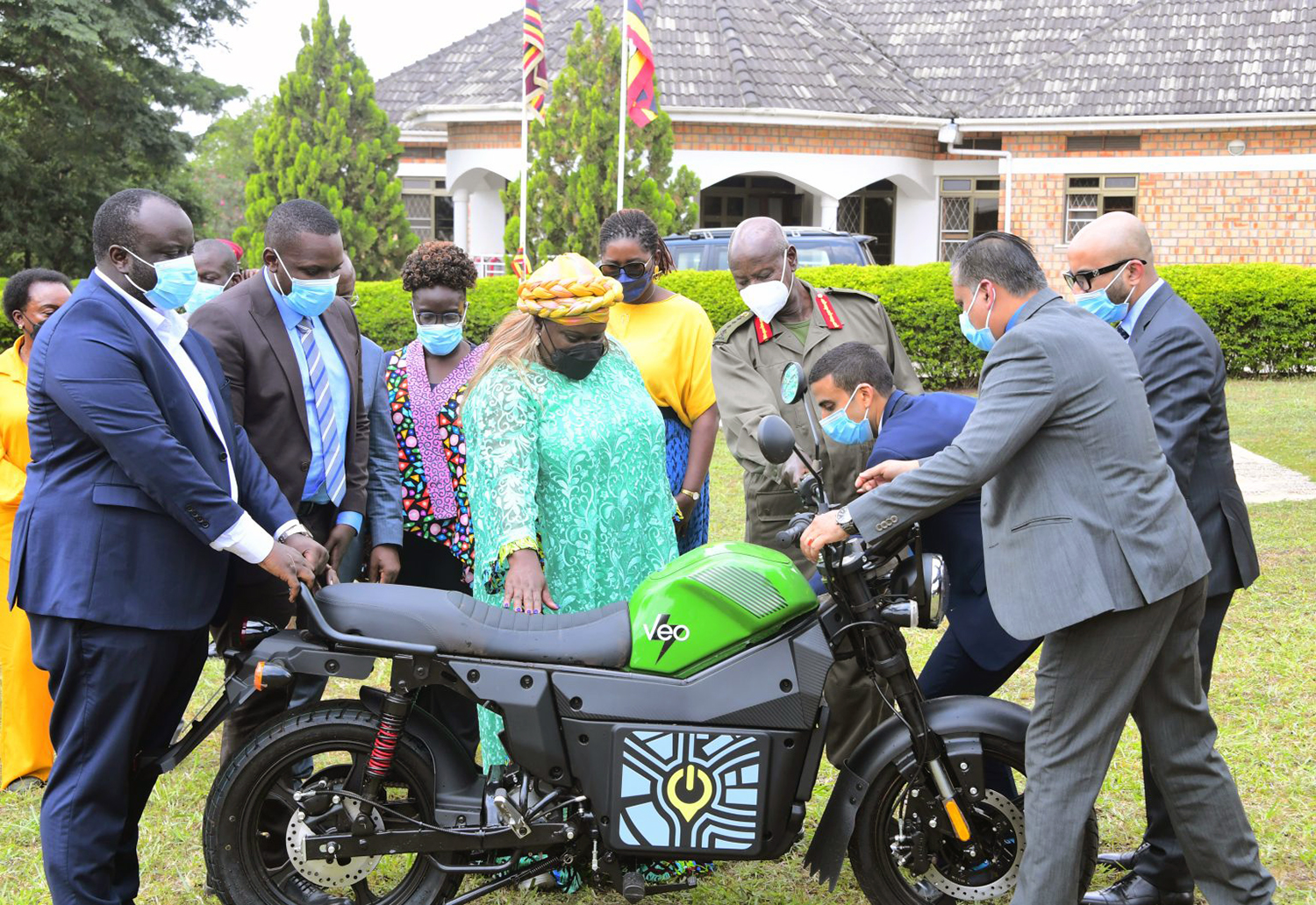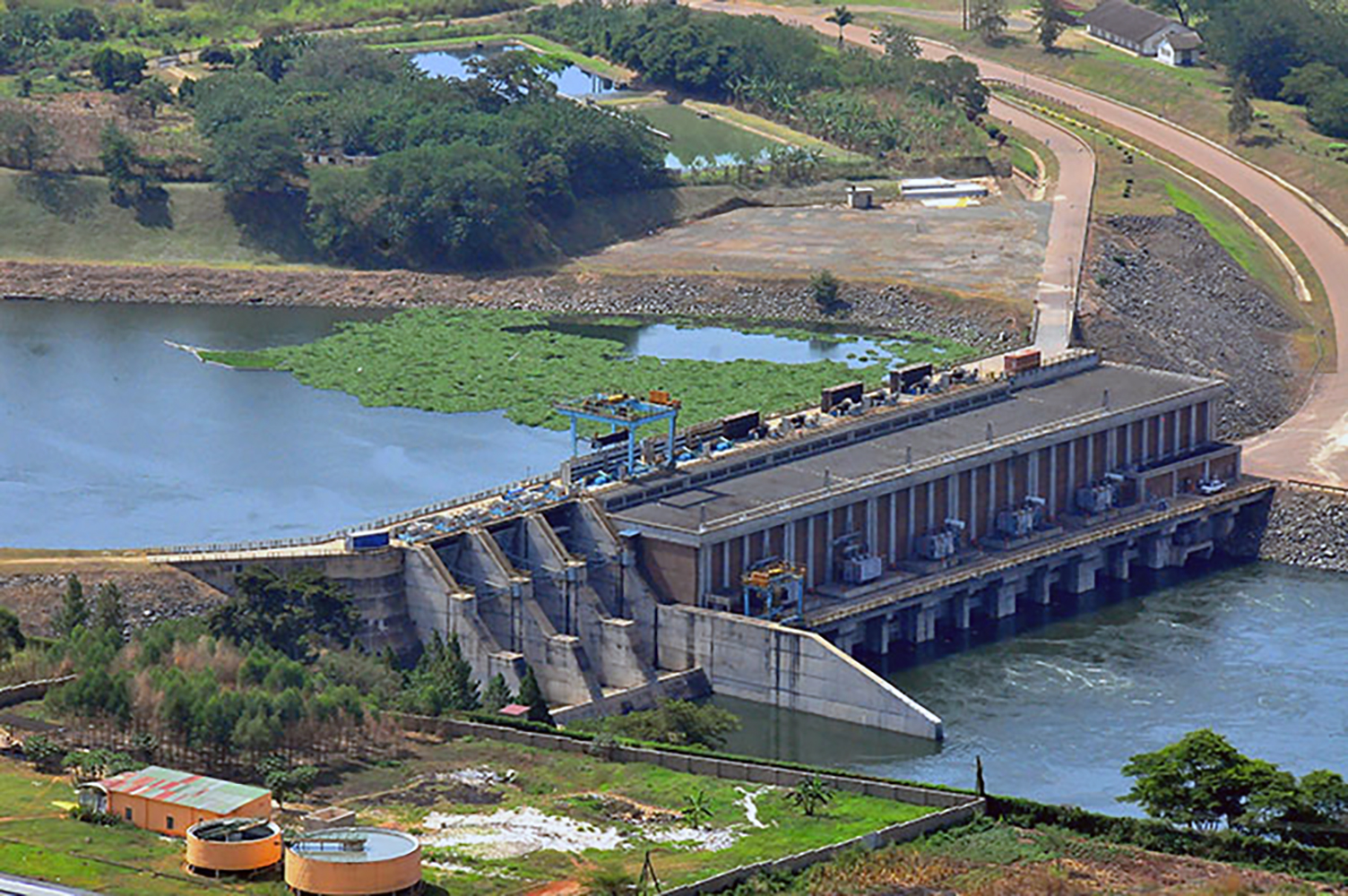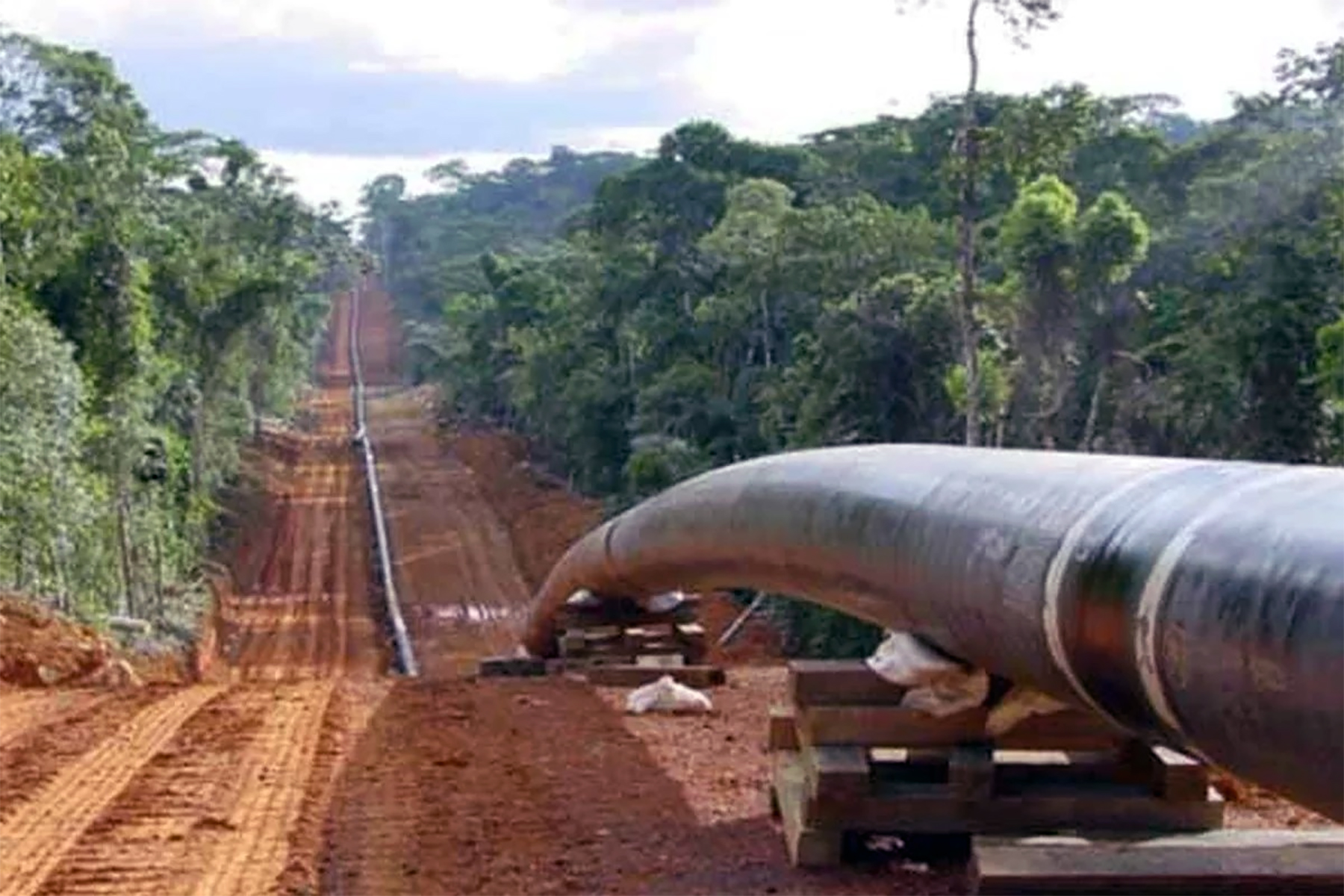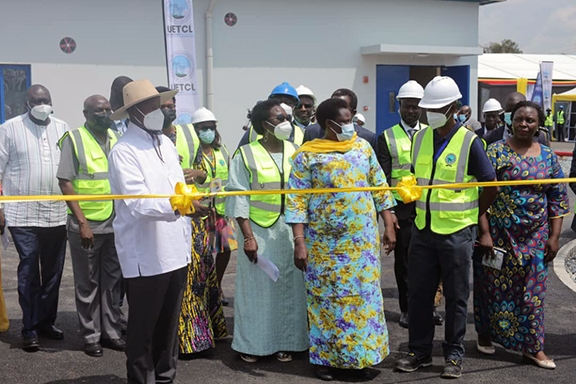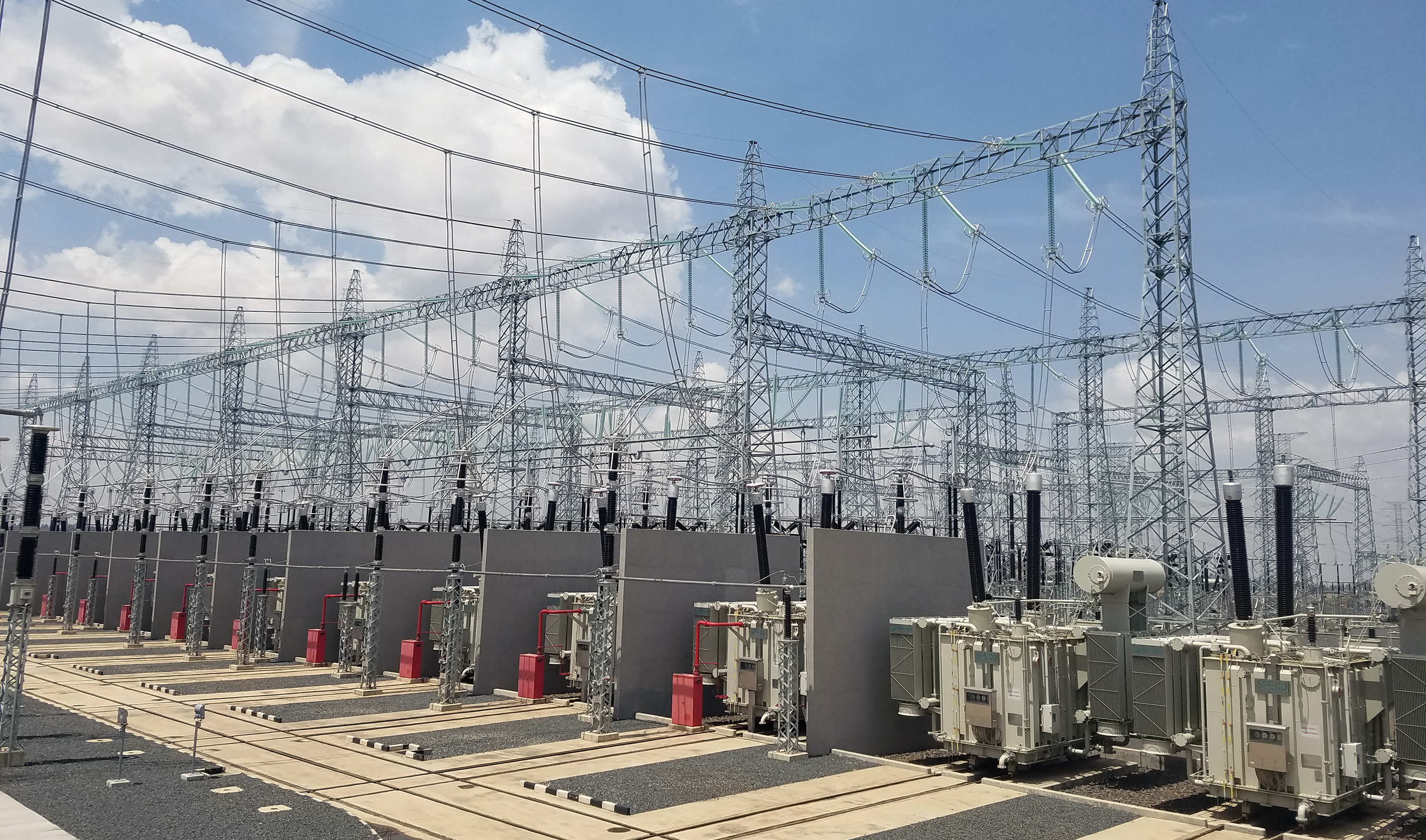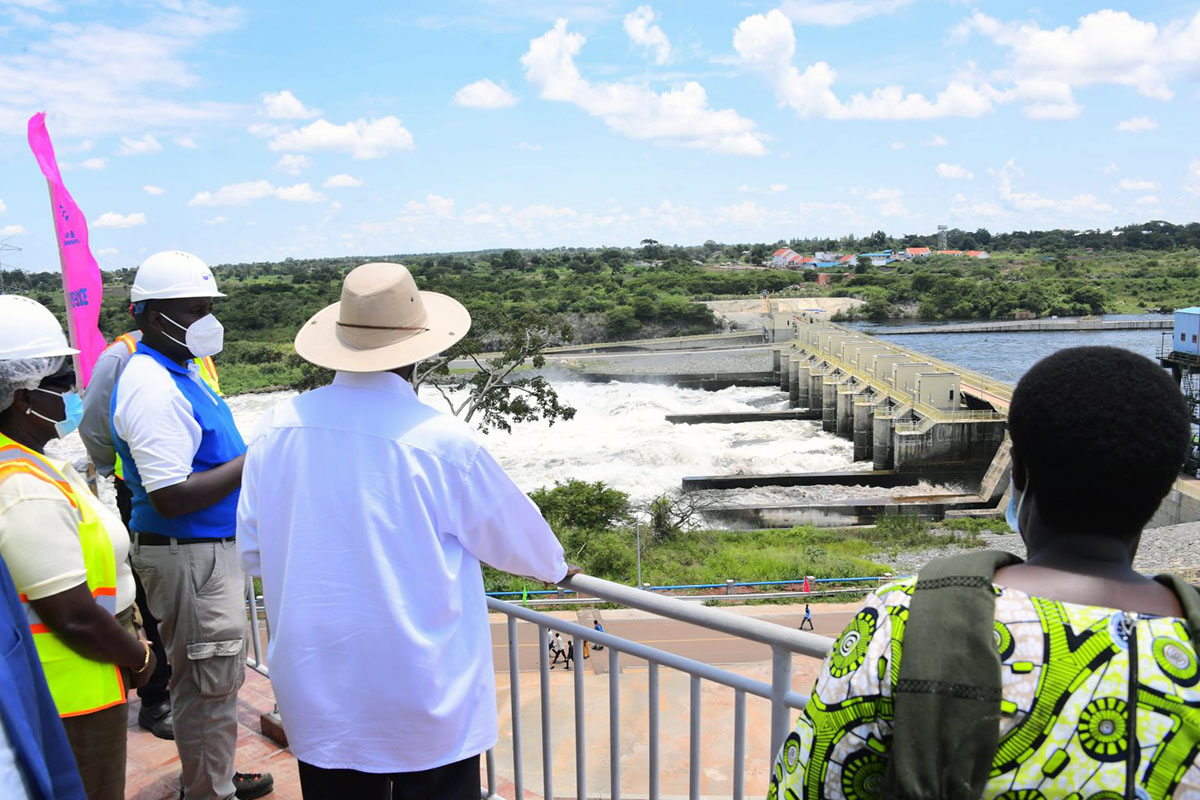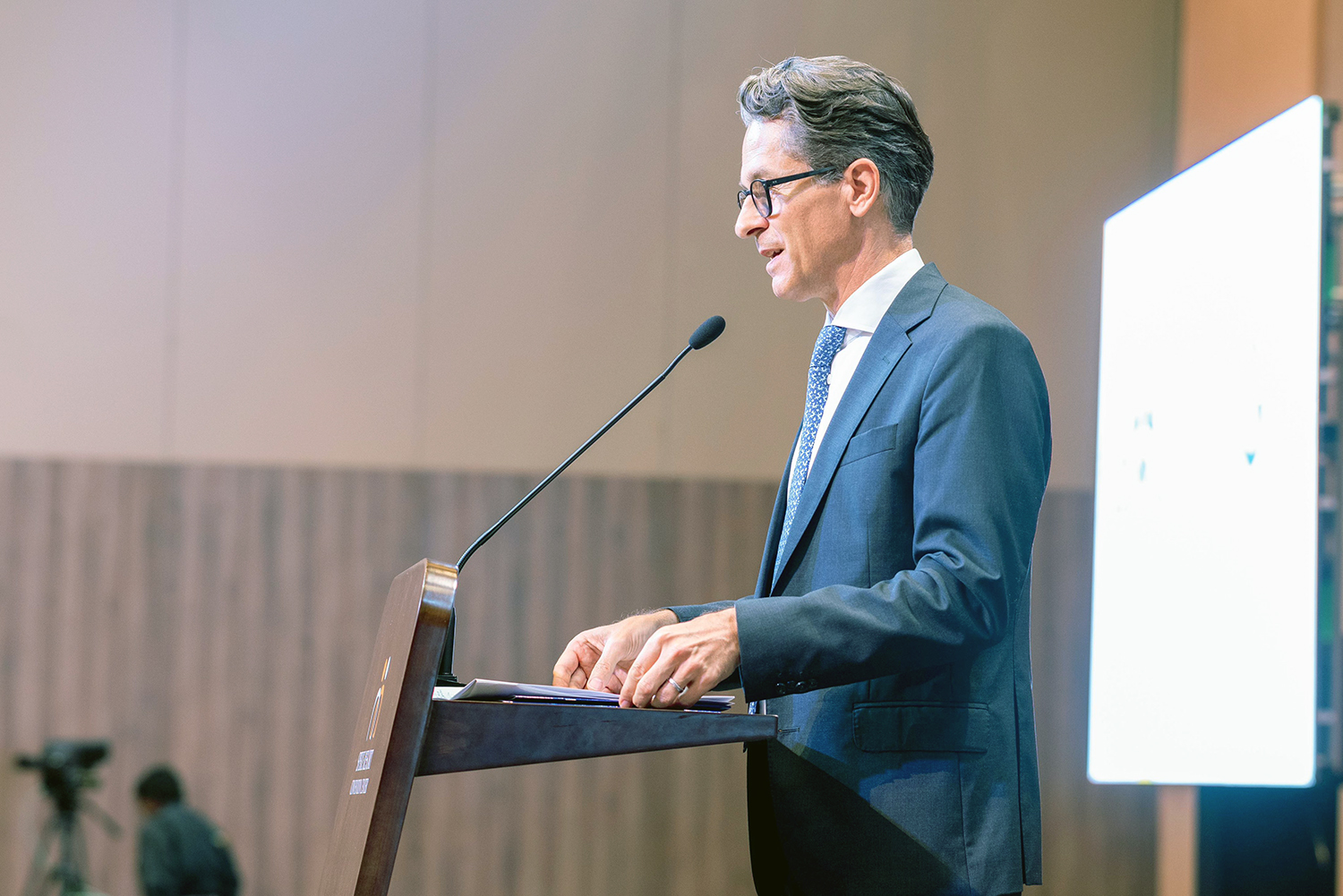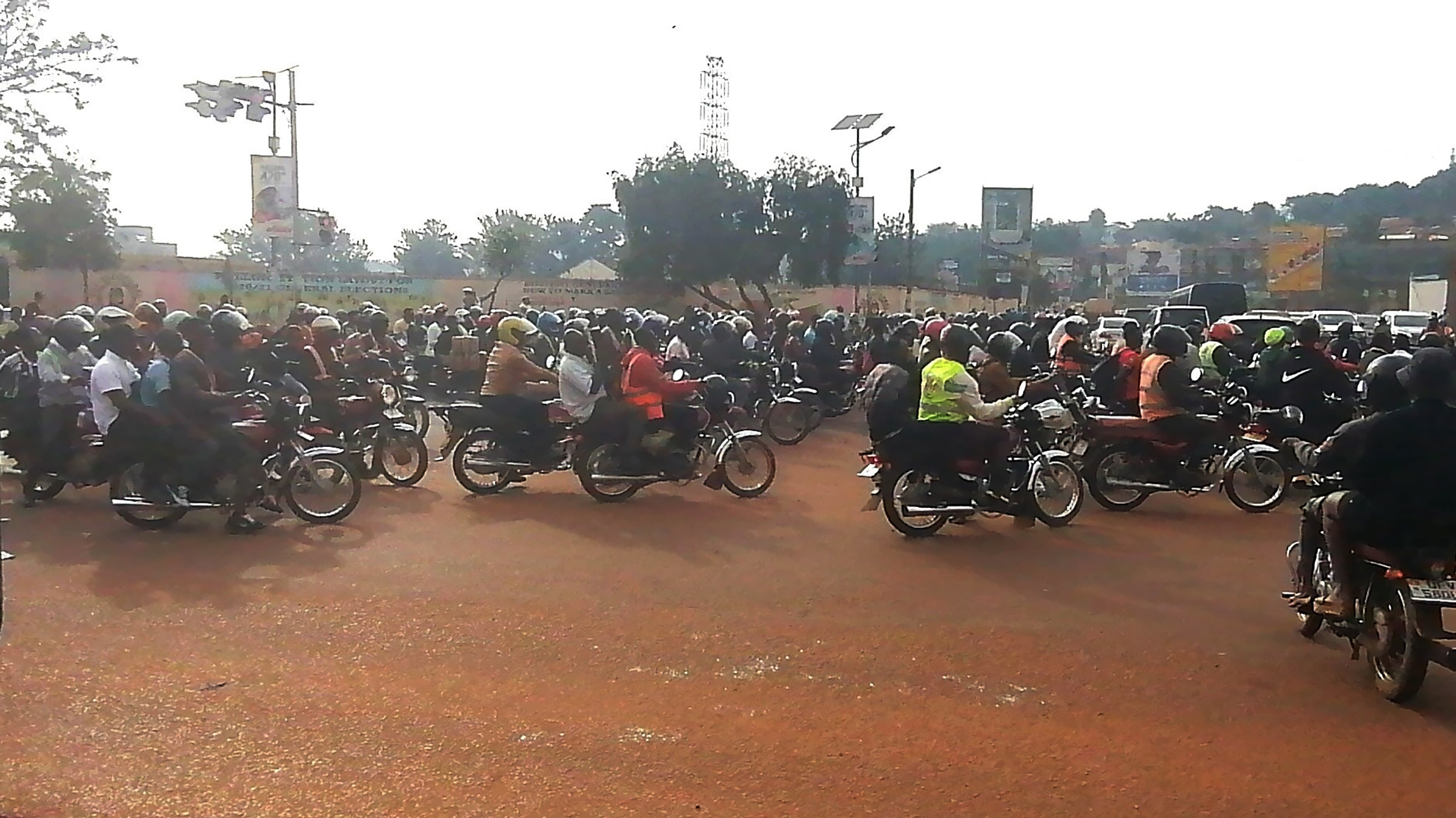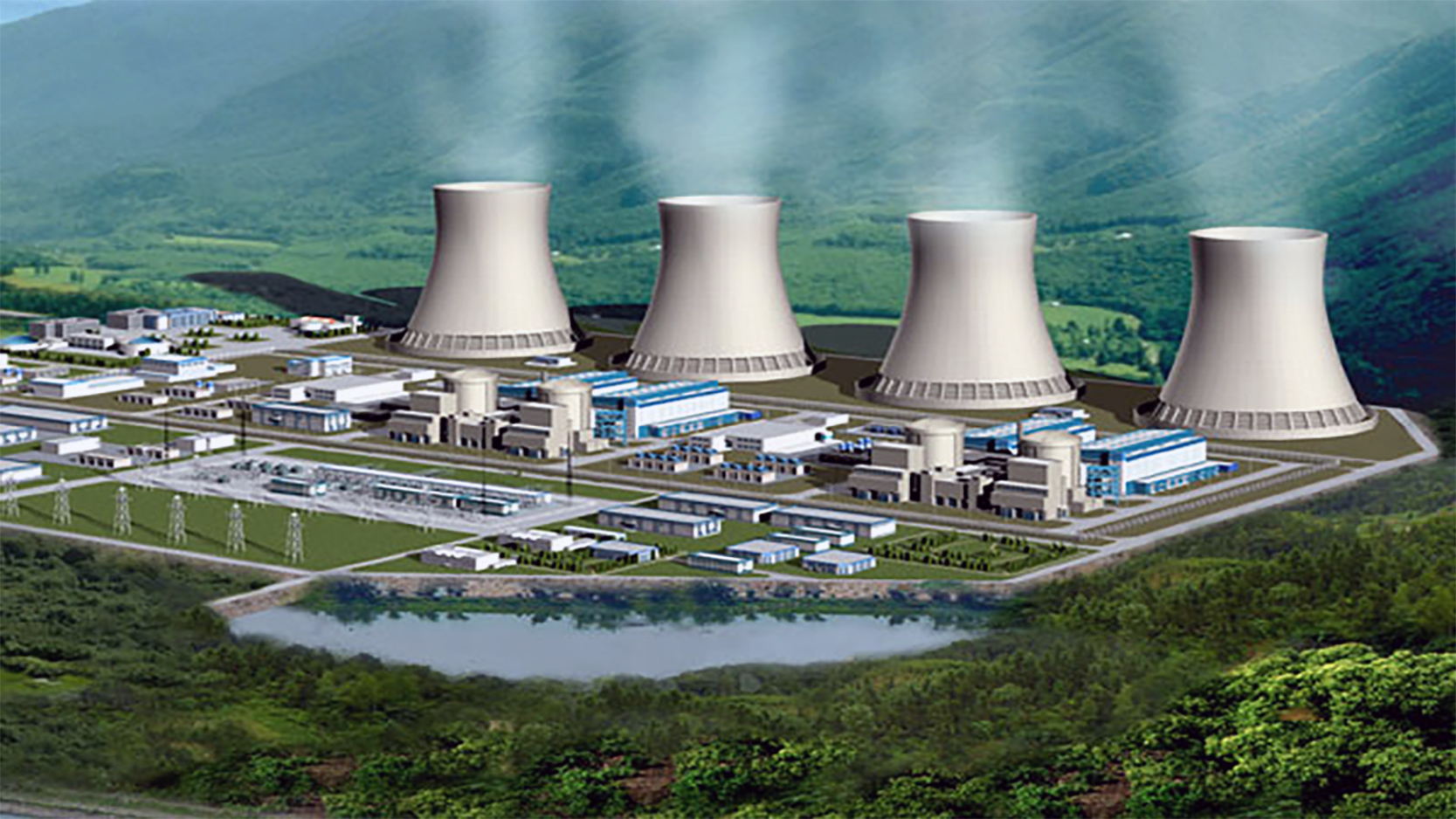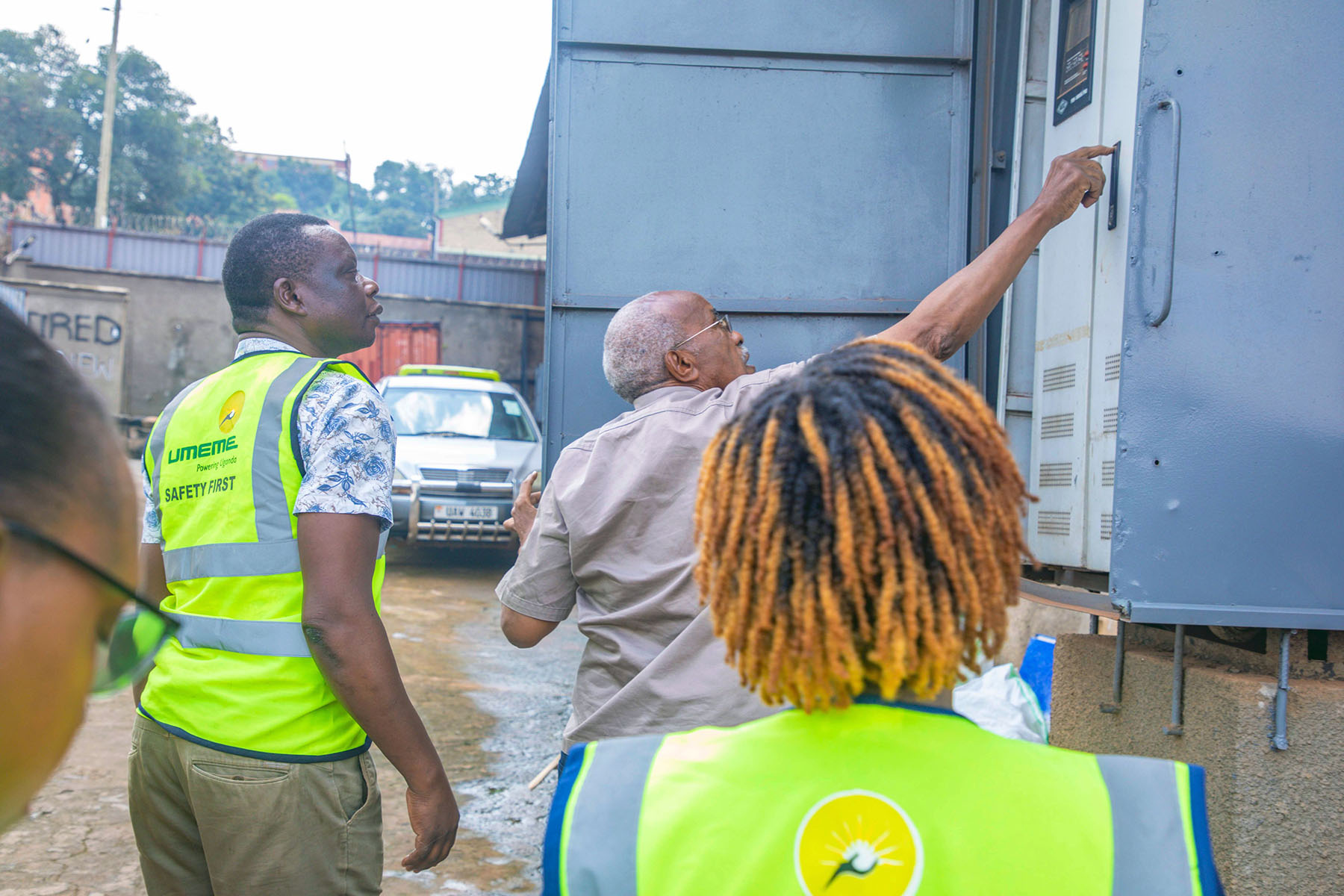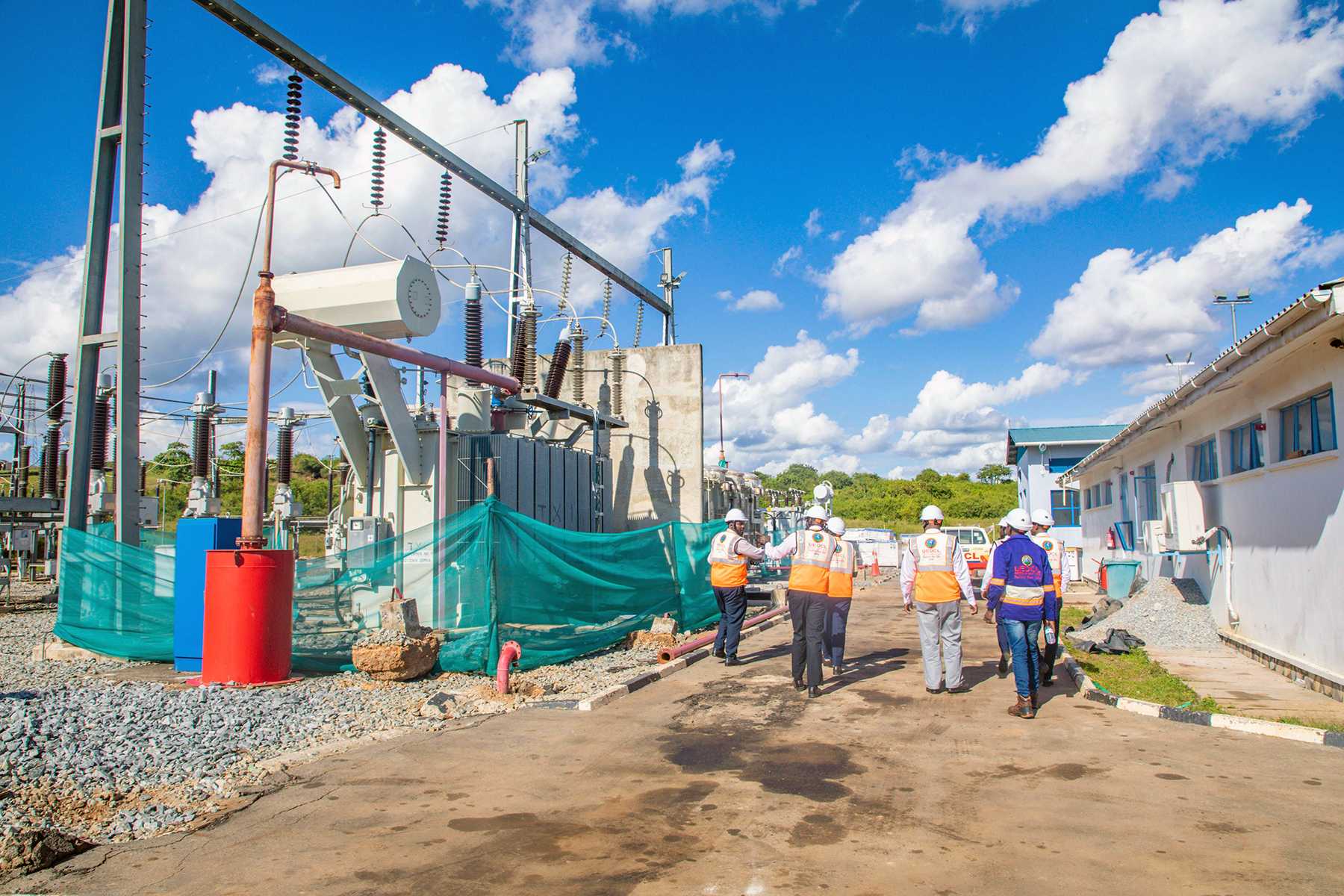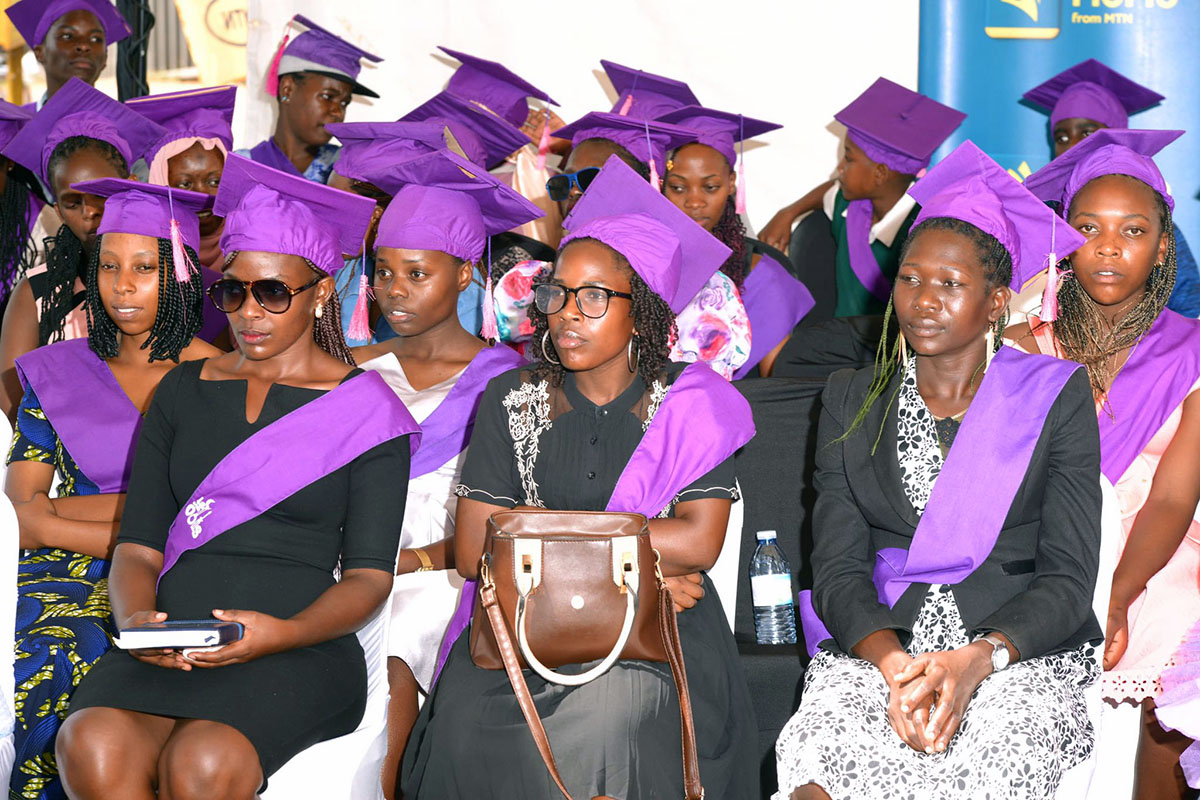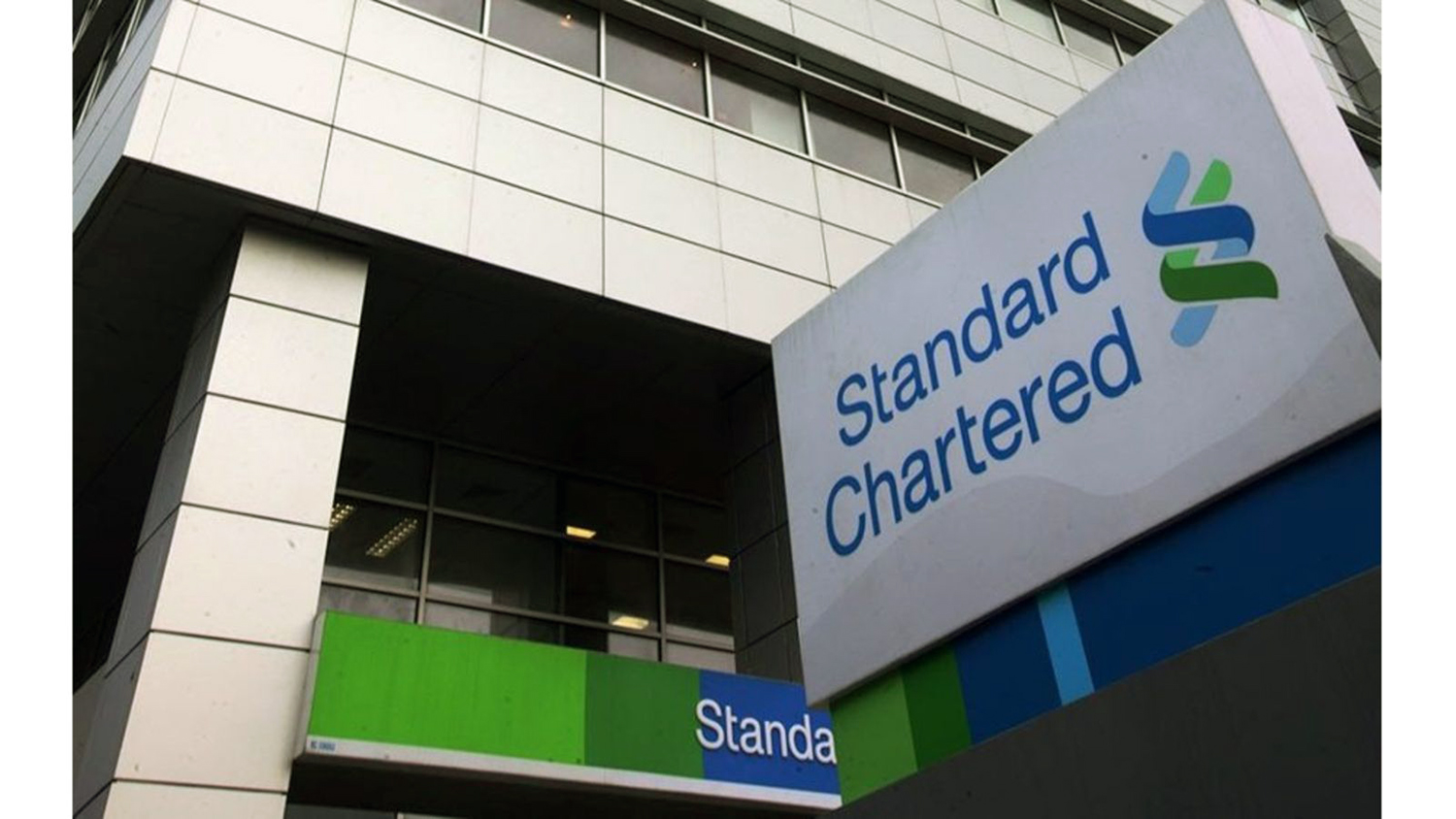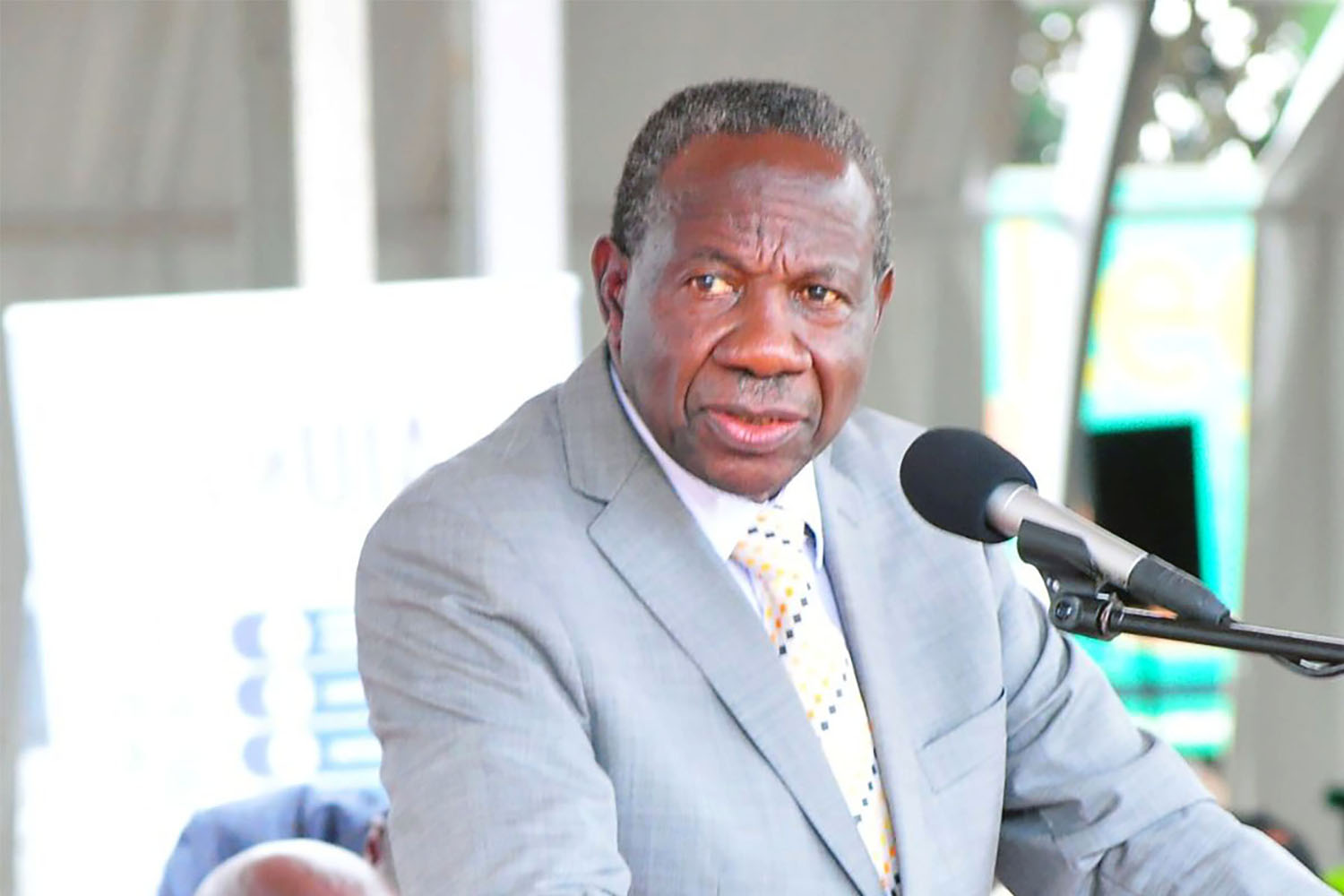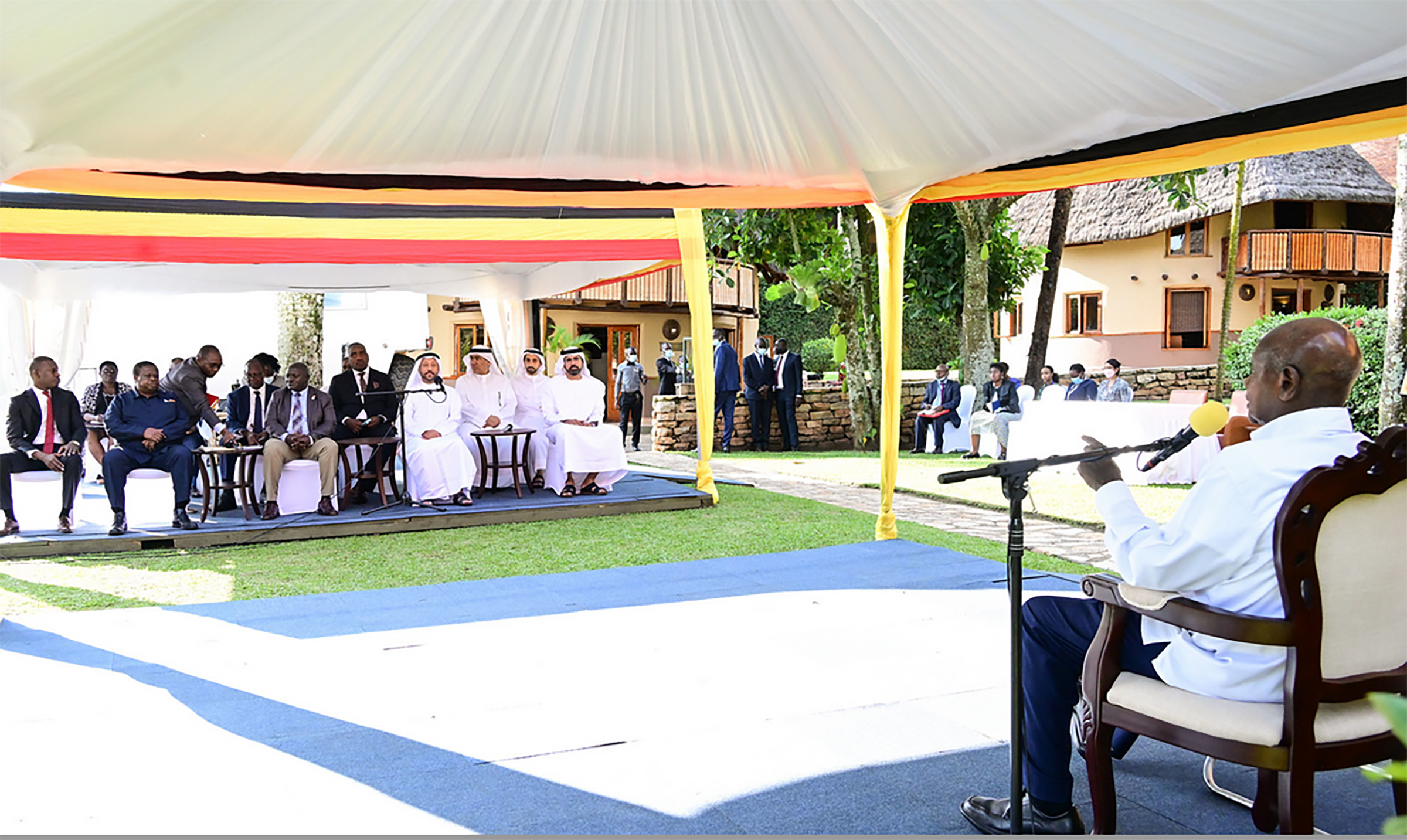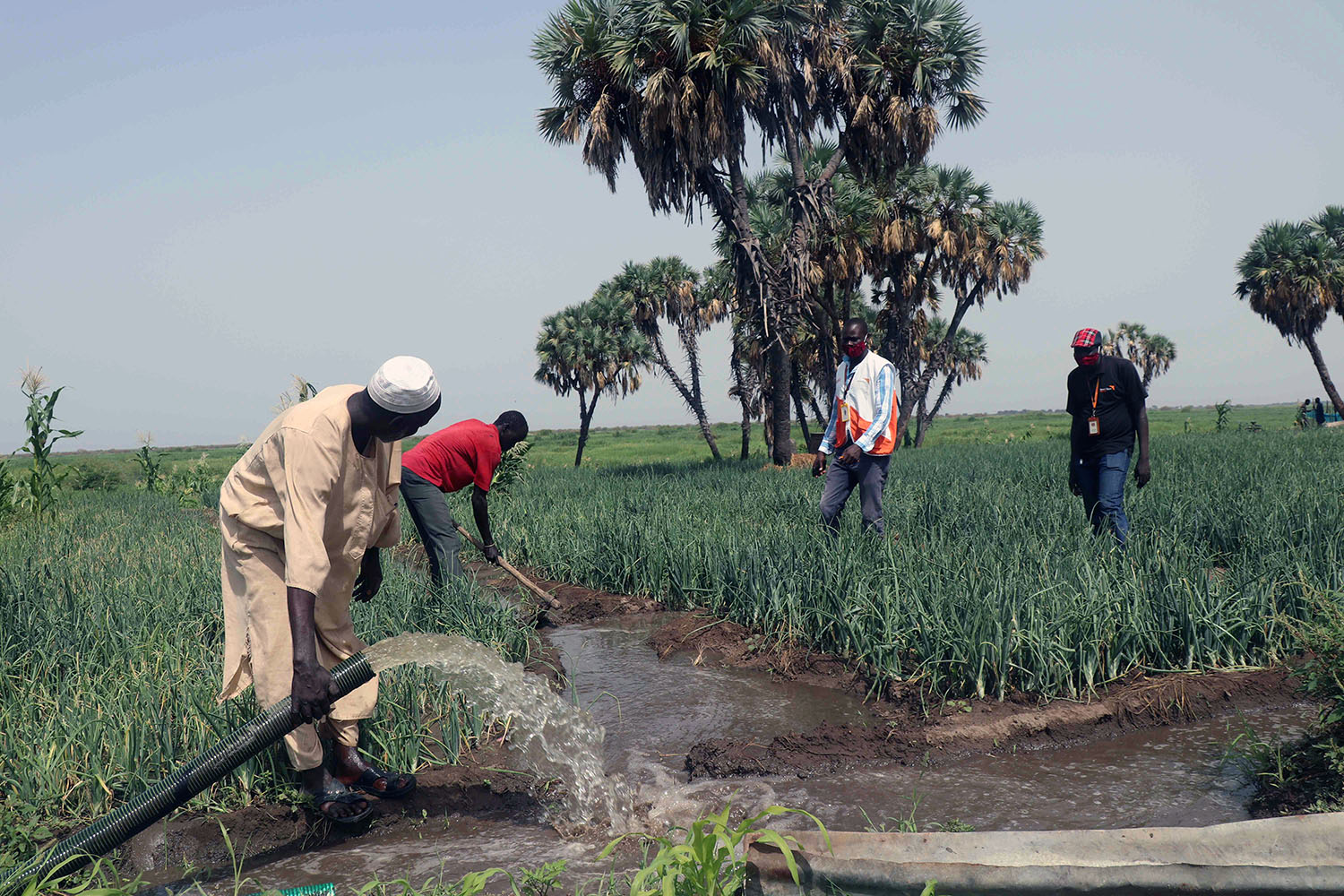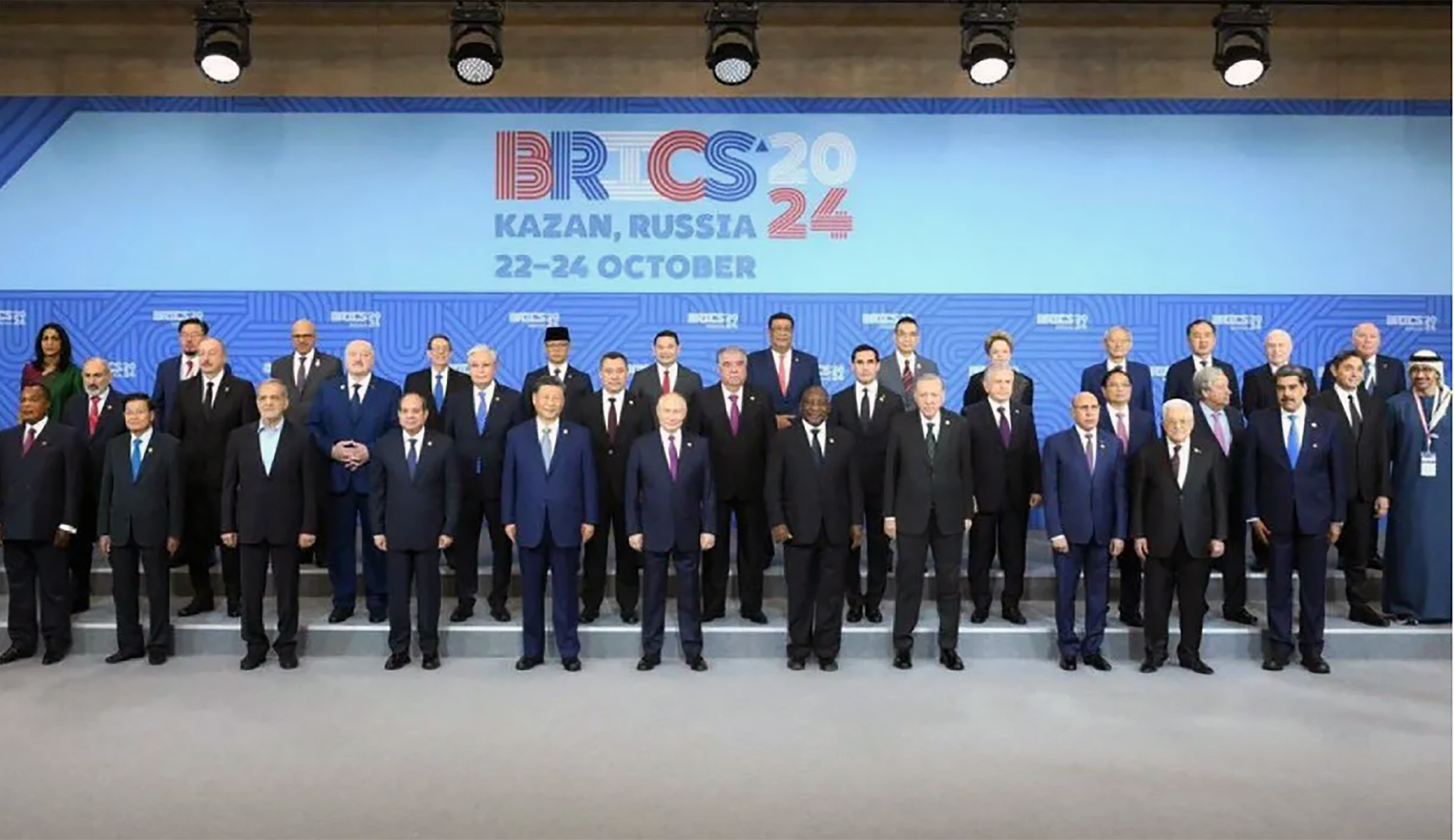Buyende nuclear power production set for 2031
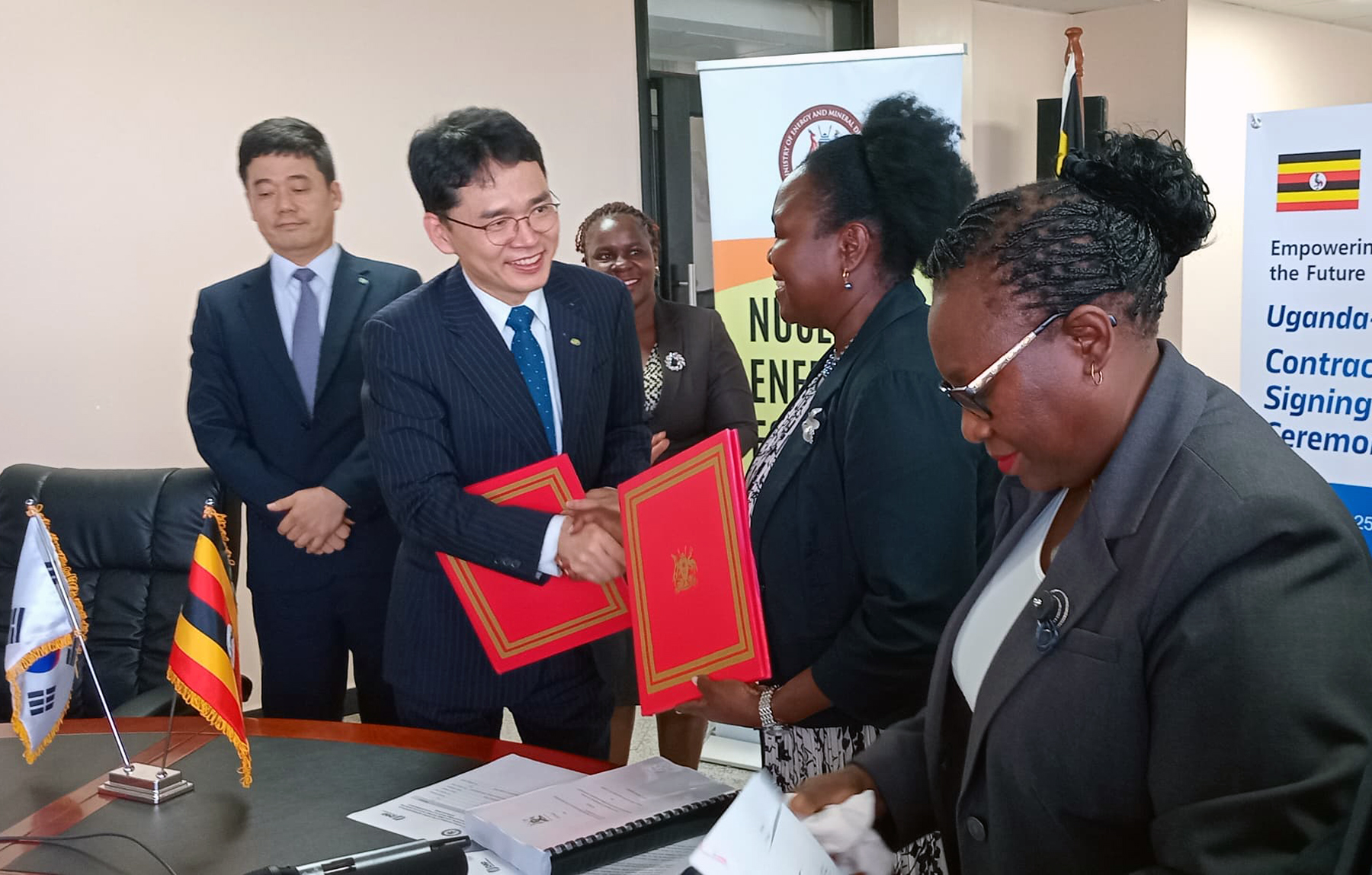
Sung-Park, the Korean Ambassador to Uganda, exchanges documents with Energy Minister Ruth Nankabirwa at the signing of the site evaluation contract.
Uganda is accelerating its journey toward nuclear energy, with the government announcing plans to commission the first 1,000 megawatts (MW) from the Buyende Nuclear Power Plant by 2031.
This milestone would mark a major step in Uganda’s ambitious bid to diversify its energy mix and meet growing electricity demands.
The Buyende Nuclear Power Plant (NPP), located on Kasaato Hill in Buyanja Sub-county, Buyende District, is poised to become Uganda’s flagship energy infrastructure project under the forthcoming National Development Plan IV.
- The move follows the selection of UK-based Currie Consultants Limited (CCL) in 2023 to lead the Resettlement Action Plan (RAP) for the project. The RAP is a critical component in preparing the site for development and ensuring affected communities are adequately compensated and resettled.
Speaking to journalists on Tuesday, the Minister of Energy and Mineral Development, Hon. Ruth Nankabirwa, reaffirmed the government’s commitment to the 2031 commissioning goal.
“By 2031, I would like to see the initial 1,000MW. For the 8,400MW planned in Buyende, we will start with 1,000MW,” she said. “We cannot put all the 8,400MW on the grid at once it would collapse. You have to make sure the off-takers, grid infrastructure, and distribution network are prepared.”
- The Buyende project is one of four nuclear power stations included in Uganda’s 2023 Energy Policy roadmap. Others include the Nakasongola NPP (7,200MW), Kiruhura NPP (4,800MW), and Lamwo NPP (4,000MW). Together, these projects are expected to contribute 24,000MW of nuclear energy toward Uganda’s overall electricity generation target of 52,481MW.
Progress on the Buyende plant advanced further with the recent signing of a site evaluation contract between the Ugandan government and Korea Hydro and Nuclear Power (KHNP), a leading South Korean firm. The contract authorizes KHNP to begin on-site assessments that will guide the project’s feasibility, environmental safety measures, and social safeguard planning.
“The contract will enable KHNP to go on site in Buyende, after which the real development begins,” said Minister Nankabirwa.
“This site evaluation is a critical prerequisite before the full feasibility study is prepared which will also cover compensation and resettlement planning.”
At least 30% of the project work under this contract will be subcontracted to Ugandan companies. KHNP will also collaborate with MEMD to build local capacity through staff training and knowledge transfer.
- The Korean Ambassador to Uganda, H.E Sung-Park commented: “We hope to become a strong and reliable partner in Uganda’s vision to become a nuclear-operating nation and deliver 24 gigawatts of nuclear power generation capacity.”
- This agreement builds on a Memorandum of Understanding (MoU) signed between the Korean government and MEMD during the African Nuclear Business Platform Conference held in Kampala in March 2023.
Irene Bateebe, the Permanent Secretary at MEMD, emphasized the strategy’s significance. “Stakeholder engagement is fundamental to the success of Uganda’s nuclear power programme. This strategy will guide our efforts in building trust, transparency, and national support.”
Uganda has repeatedly stated its commitment to the peaceful use of nuclear technology, not only in power generation but also in critical sectors such as healthcare, agriculture, industry, and water resource management.
If successful, the Buyende NPP will position Uganda among a small but growing group of African nations embracing nuclear energy as a sustainable solution to energy poverty and industrial growth.



.jpg)

